As technology advances, the alternatives for enjoying high-quality music have multiplied. The most common we will use are Bluetooth and Optical.
We are also very curious about the advantages and disadvantages of these two popular solutions.
Join us as we compare wireless ease against the precision of optical connections and Bluetooth. Then we can determine which is the best fit for your setup.
Bluetooth Audio: Advancing Wireless Connectivity
Bluetooth audio transformed the way we listen to music because it enables a simple wireless connection between devices.
It eliminates the need for tangled connections and allows audio to be transmitted wirelessly from a variety of sources. For example, our smartphones, laptops, and tablets as well as Bluetooth-enabled speakers, headphones, and earbuds.
On our Arylic website, there is a Bluetooth amplifier B50 that comes with both Bluetooth receiver and transmitter functions.
You can control it wirelessly after you connected the B50 with Bluetooth on your phone, then stream music to your passive speaker like the bookshelf speakers.
When it is under Bluetooth transmitter mode, it can connect to your other Bluetooth speakers and headphones wirelessly.
The technology uses short-range radio waves, typically within a range of 30 feet. It will provide flexibility and freedom of movement while listening to music, podcasts, or watching movies.
Pros of Bluetooth Audio
• Devices connect wirelessly to your speakers, removing the need for extra cords.
• Most Bluetooth audio devices are small and portable, making them excellent for travel.
• Having a waterproof Bluetooth gadget is simple because it does not require a wire to be plugged in when playing.
• Takes up less room because there is no need for extra space to run cables.
• Capable of transmitting sound signals thousands of kilometers afar with little or no decrease in sound quality.
Cons of Bluetooth Audio
• Susceptible to radio and electromagnetic signal interference;
• Maximum range is restricted to the 30 feet allowed by Bluetooth wireless technology.
• Has a narrower bandwidth.
• You may have issues when pairing devices.
Optical Audio: Unleashing Digital Precision
Optical audio, often known as Toslink or S/PDIF (Sony/Philips Digital Interface), is a digital audio connection that transmits audio signals using fiber optic cables.
It has a high level of precision and clarity which makes it an excellent choice for anyone looking for high-quality sound.
The optical connection turns the audio signal into light pulses, ensuring error-free transfer from the source to the output device.
Like the Arylic S50pro+ preamplifier, it can connect to your TV set with optical ports.
This technology is prevalent in home theater systems, soundbars, and audio receivers.
It provides a dependable and immersive audio experience for music, movies, and games. You may unlock the full power of your audio setup and immerse yourself in high-fidelity sound by using optical audio.
Pros of Optical Audio
• It is not susceptible to electrical or radio interference.
• Longer cable lengths can be used to transmit sound across greater distances.
• Capable of supporting up to 5.1 channels
• Because it has a wider bandwidth, there is no need for compression.
Cons of Optical Audio
• The sound signal supplied to the DAC differs from the original stream provided by your source devices. This is due to the fact that the sound will be resampled when it passes through the optical soundcard.
• Optical interfaces are not common in many DACs, amplifiers, or PCs.
• If the cable is overbent, signal distortion is likely.
Bluetooth VS Optical Sound Quality
Bluetooth and optical connections have advantages and disadvantages regarding sound quality.
Bluetooth audio is useful since it allows wireless connectivity between devices. Like the Arylic H50 Airplay 2 amplifier with Bluetooth transmitter function. After that, users can connect this amplifier to their Bluetooth devices wirelessly.
However, it is frequently associated with compressed audio and the possibility of signal interference.
Compared to uncompressed formats, audio is often transmitted via lossy compression, which might result in a modest deterioration of sound quality.
Furthermore, Bluetooth connections might be sensitive to interference from other wireless devices or physical obstructions, resulting in intermittent dropouts or diminished audio fidelity.
Optical audio, on the other hand, provides digital precision and clarity. The fiber optic cables used in optical connections provide distortion-free audio signal transfer.
This method allows for the transport of uncompressed, high-quality audio while preserving the original source's integrity.
Optical connections are less susceptible to signal interference and give a more consistent and immersive audio experience. Particularly when you are in home theater setups or while listening to high-resolution audio formats.
Bluetooth audio is convenient, but due to compression and probable interference, it may sacrifice some audio quality. Optical audio, on the other hand, provides higher sound fidelity due to its uncompressed and accurate delivery.
When picking between Bluetooth and optical connections, it's critical to assess your priorities.
Whether they're wireless convenience or unrivaled sound quality—and select the option that best meets your needs and tastes.
Bluetooth VS Optical: Which One is Better
When it comes to deciding between Bluetooth and optical audio connections, it all boils down to your personal needs and objectives.
Bluetooth provides wireless connectivity, allowing you to stream audio from several devices without the inconvenience of wires. It is broadly compatible and simple to install. Bluetooth audio, on the other hand, may forfeit some sound quality owing to compression and may be sensitive to interference.
Optical audio provides higher sound fidelity due to its uncompressed transmission.
It produces crisp, distortion-free music, making it a favorite among audiophiles and home theater fans. Optical connections are more dependable and less susceptible to interference, resulting in a more immersive audio experience. They do, however, necessitate the presence of a suitable optical port on both the audio source and the output device.
Finally, the choice between Bluetooth and optical is determined by your priorities. Bluetooth may be the best option for you if convenience and versatility are important to you.
However, if uncompromised sound quality and dependability are your top priorities, optical audio is the way to go. Consider your individual needs and tastes before making a decision that will take your audio experience to new heights.
Both sound signal delivery methods will function properly, however, Bluetooth audio has several important advantages over Optical audio, which is why many music aficionados prefer it.
It's a huge bonus that the optical sound isn't corrupted by electrical or radio interference. This may be a better solution if you have a lot of interferences.
It's difficult to say which sound audio output is superior because both Bluetooth audio and Optical audio give adequate service. Bluetooth speakers give the user more freedom and flexibility.
Optical audio, on the other hand, is appropriate for applications when impediments cannot be avoided.




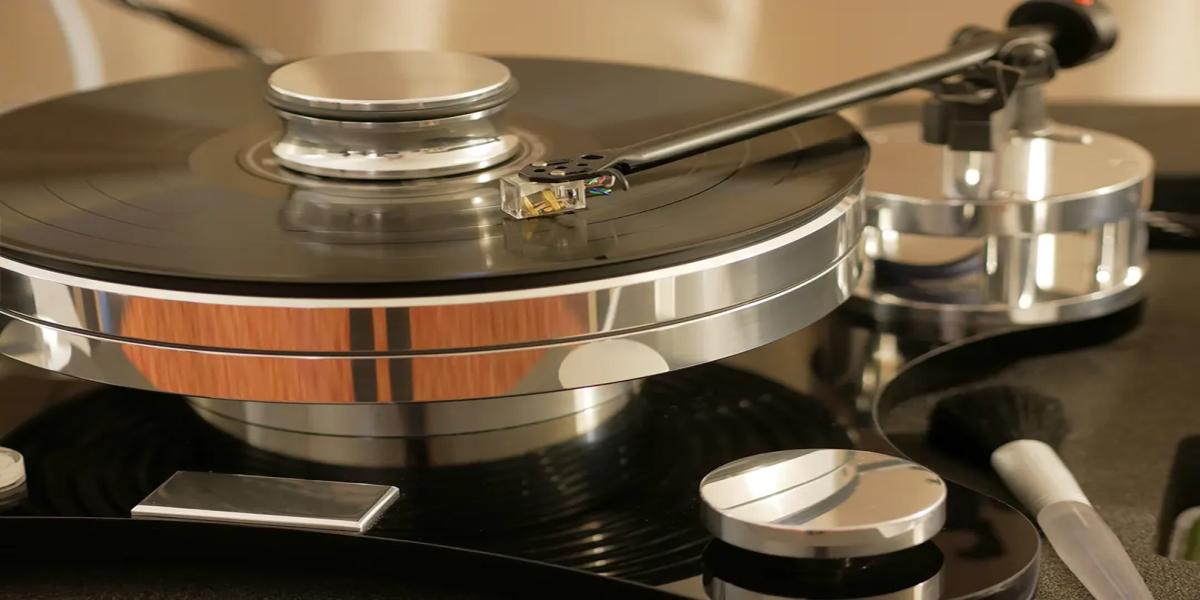
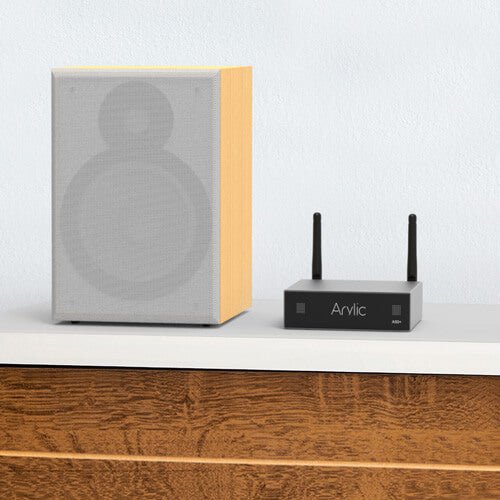
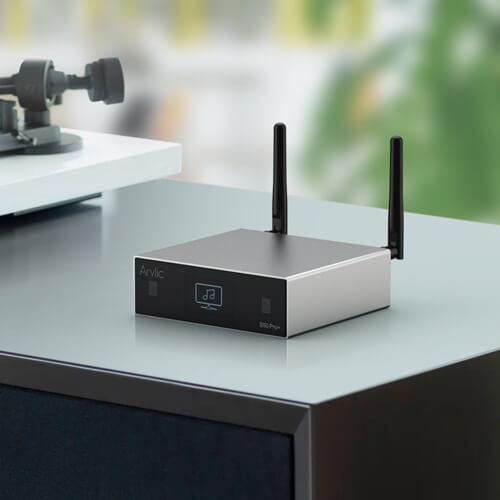
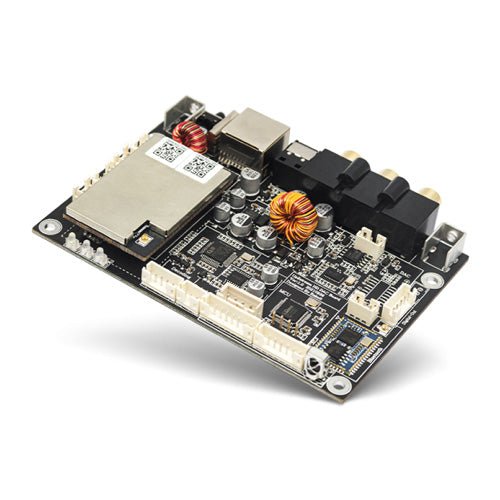
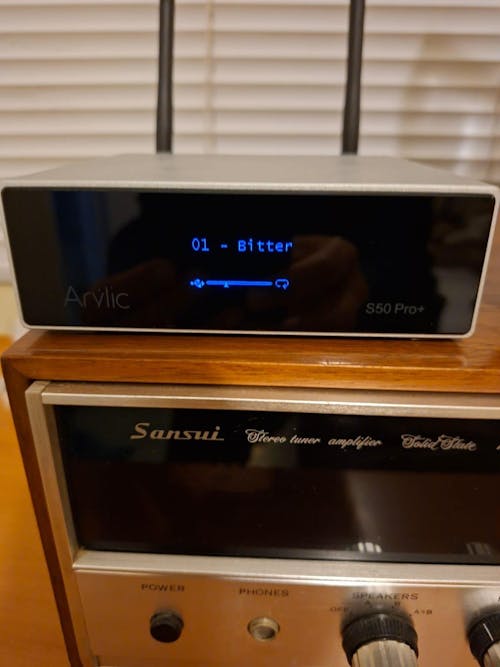
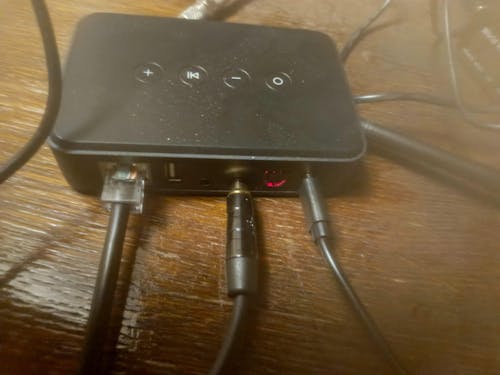
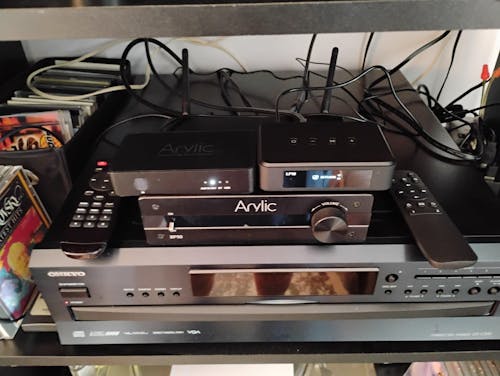
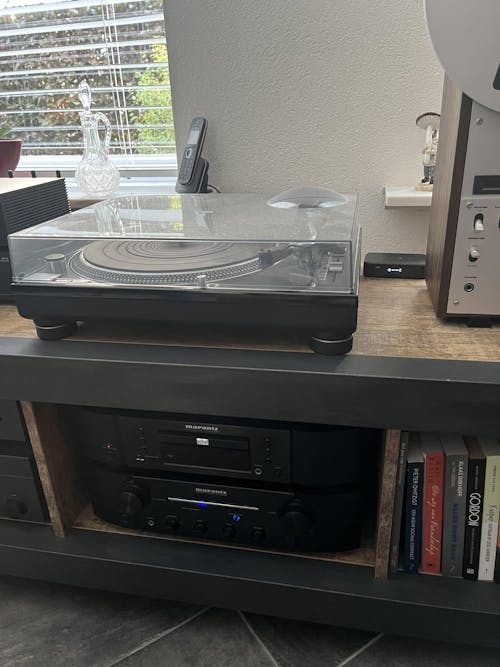
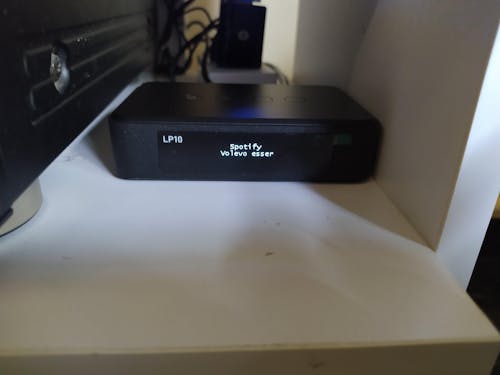
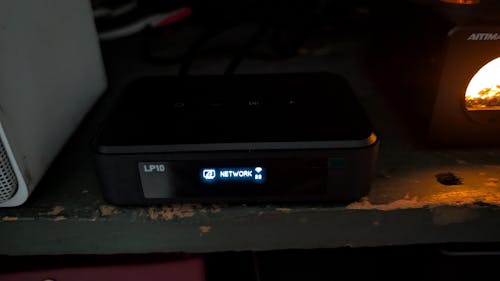
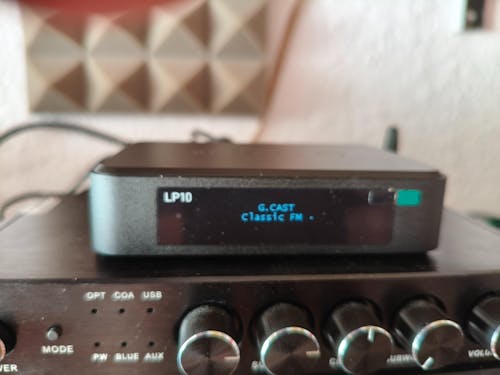


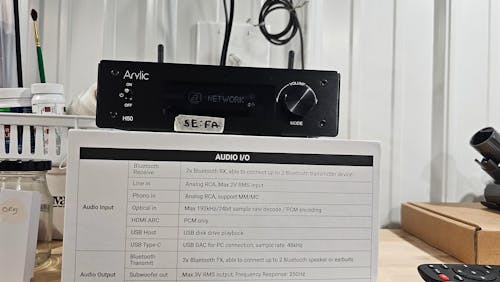
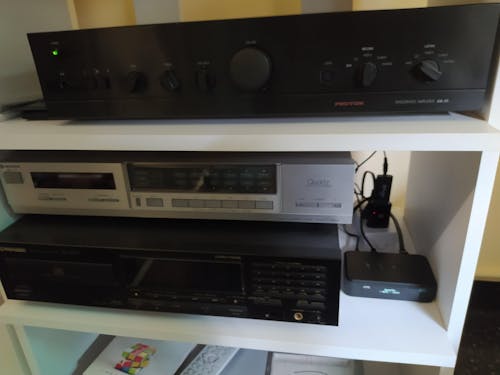
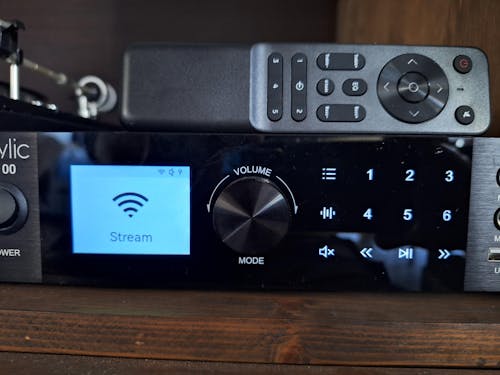
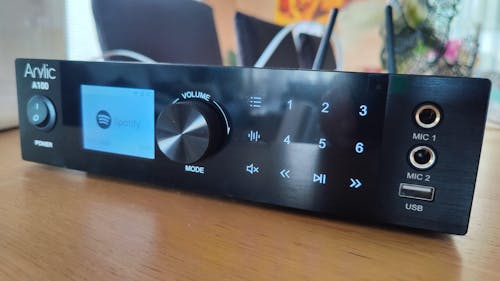

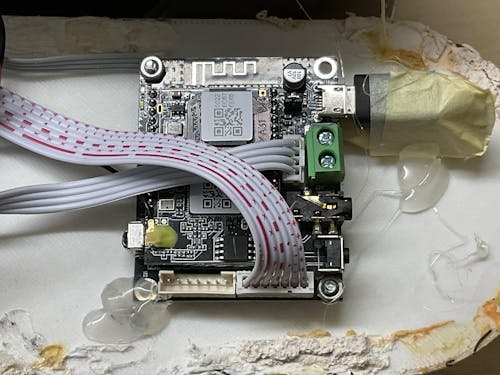
Leave a comment
All comments are moderated before being published.
This site is protected by hCaptcha and the hCaptcha Privacy Policy and Terms of Service apply.